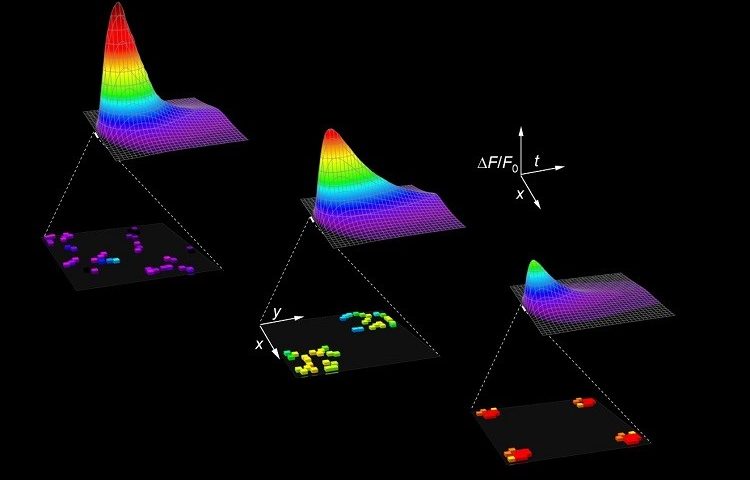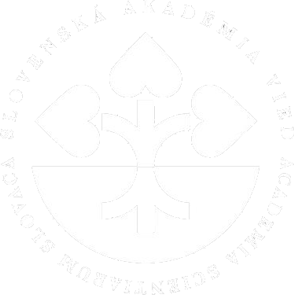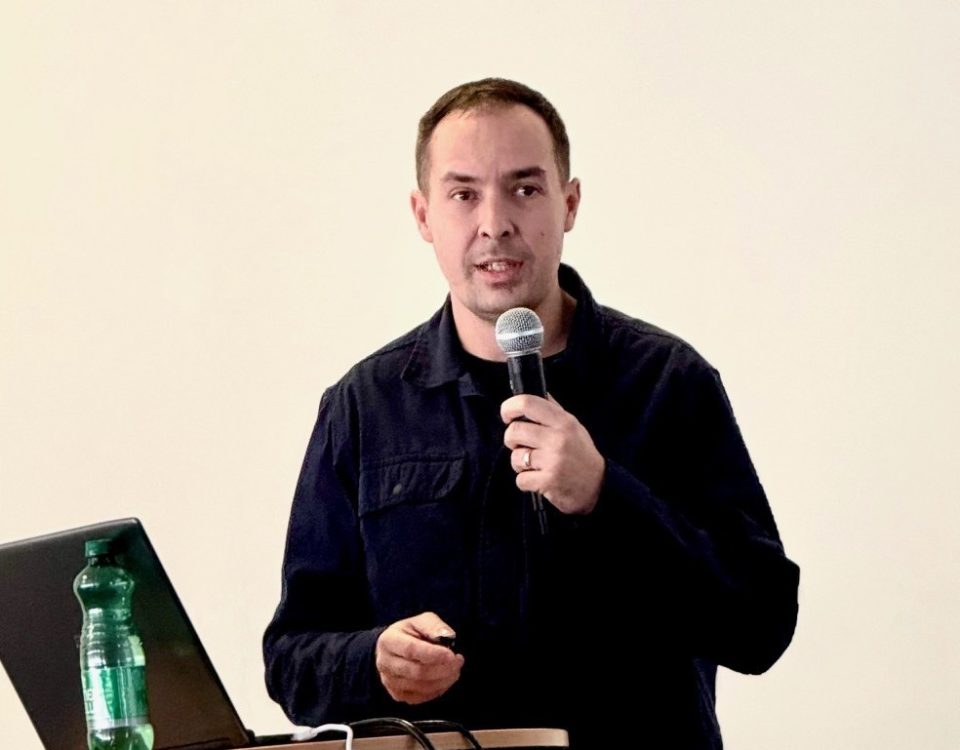This website uses cookies so that we can provide you with the best user experience possible. Cookie information is stored in your browser and performs functions such as recognising you when you return to our website and helping our team to understand which sections of the website you find most interesting and useful.
The research of a BMC SAS team on the cover image of “The Journal of General Physiology”

Images of three simulated calcium sparks generated by clusters of ryanodine receptors organized into different types of cardiac dyads (short white lines at the start of the spark, expanded at the bottom). Each dyad is composed of 40 RyR channels (colored squares) organized into one, two, or four functionally independent clusters with a different density. Colors code for the amplitude of sparks (top) or the contribution of individual RyR channels sparks (bottom). Axes show position, time, and intensity of the signal.”
Exploration of cardiac function requires technologically demanding experiments on isolated living cells. However, even the most advanced technologies do not allow direct measurements of unique intracellular events. This is partialy due to insufficient spatial and temporal resolution but also due to the impossibility to experimentaly manipulate the finest cellular structures.
This category of “impossible” experiments includes also in-cell studies of ryanodine receptors, the proteins that give rise to calcium sparks observed at dyads of cardiac muscle cells. Serious technological limitations impede experimental tests of molecular mechanisms behind the calcium sparks. Bogdan Iaparov and the team of Alexandra Zahradníková from the Department of Cellular Cardiology of the IEE BMC SAS overcame these limitations by mathematical modeling. They developed an in silico model of cardiac myocyte dyads based on their known properties, determined by indirect in vitro methods. By simulating the activity of ryanodine receptors and mimicking various experimental interventions they generated responses of the model under conditions used to record calcium sparks. In-depth analysis of simulated calcium sparks allowed the authors to reveal the relationship between the collective activity of ryanodine receptors clustered at dyads and the properties of calcium sparks. The results were published in the Journal of General Physiology, a prominent journal published by Rockefeller University Press, USA.
The authors were pleased that the editors selected the main result of their study for the cover page of this iconic magazine. ( LINK to the article: In silico simulations reveal that RYR distribution affects the dynamics of calcium release in cardiac myocytes)
Note: Bogdan Iaparov is a summa cum laude graduate of theoretical physics from Ural Federal University, Yekaterinburg, Russian Federation, and a second-year student of the doctoral program in Biophysics at Pavol Jozef Šafárik University in Košice, supervised by Ing. Alexandra Zahradníková, DrSc.
Information and photo by: Ing. Alexandra Zahradníková, DrSc.







